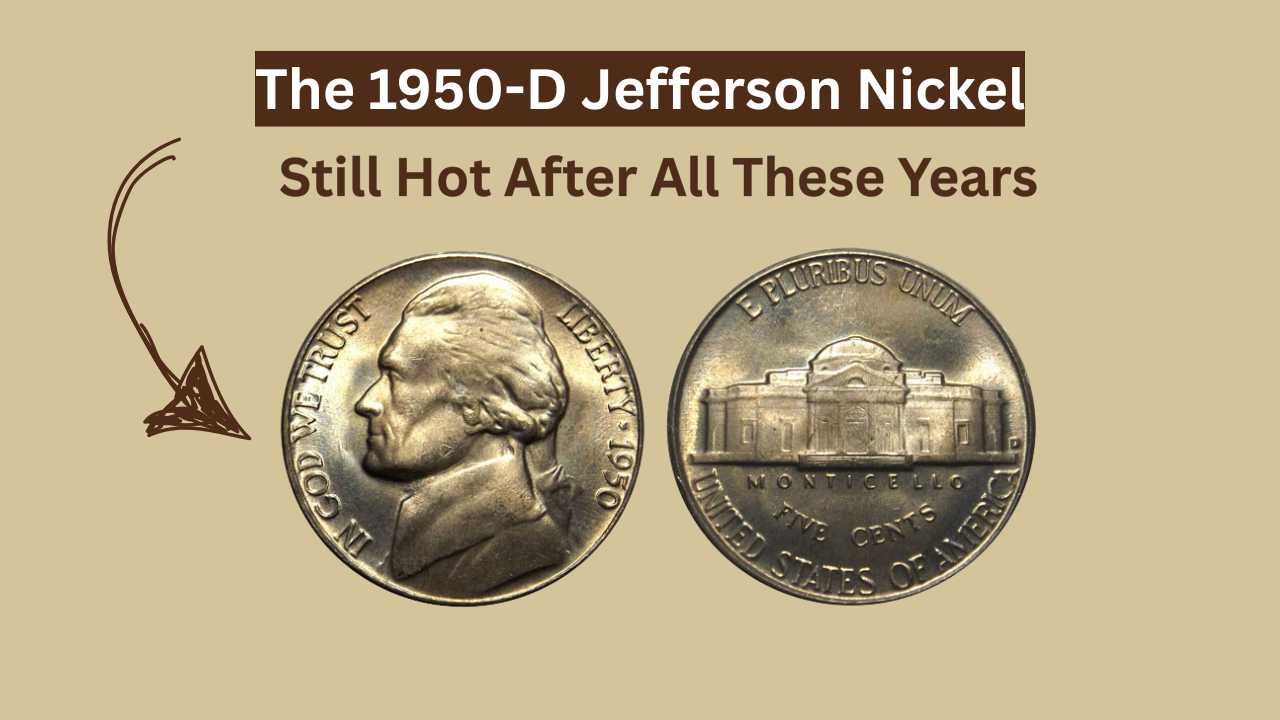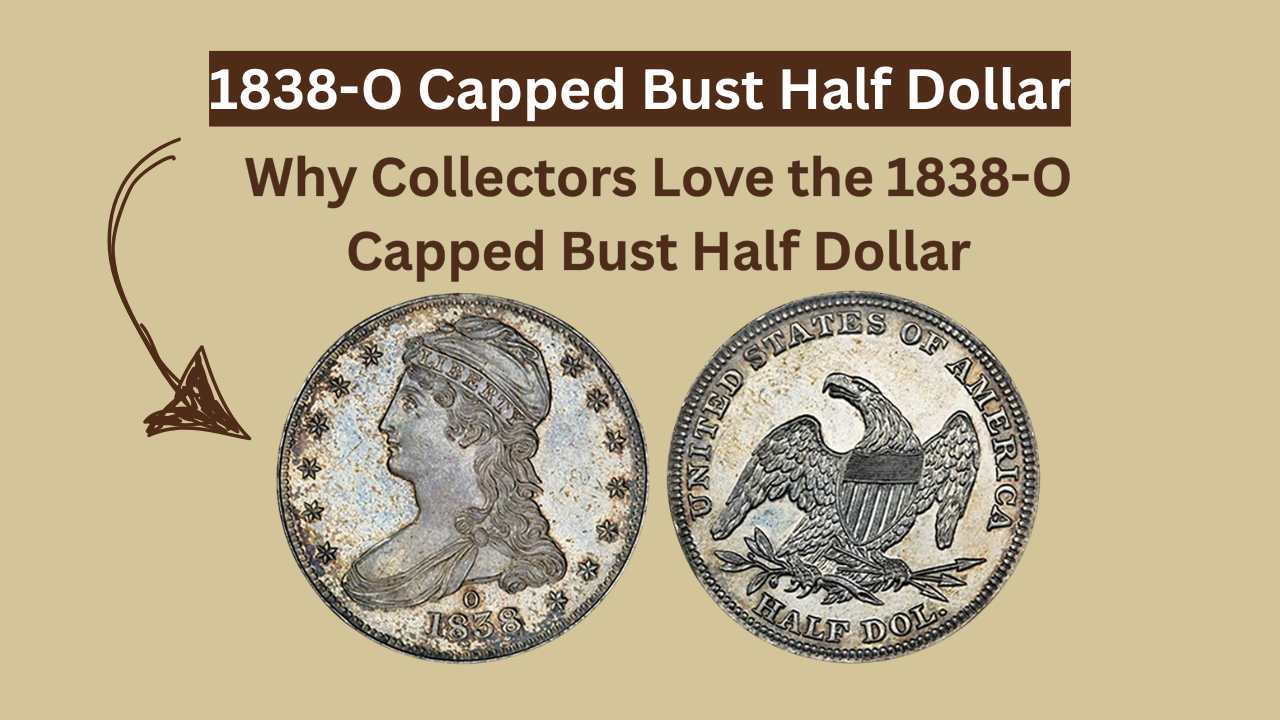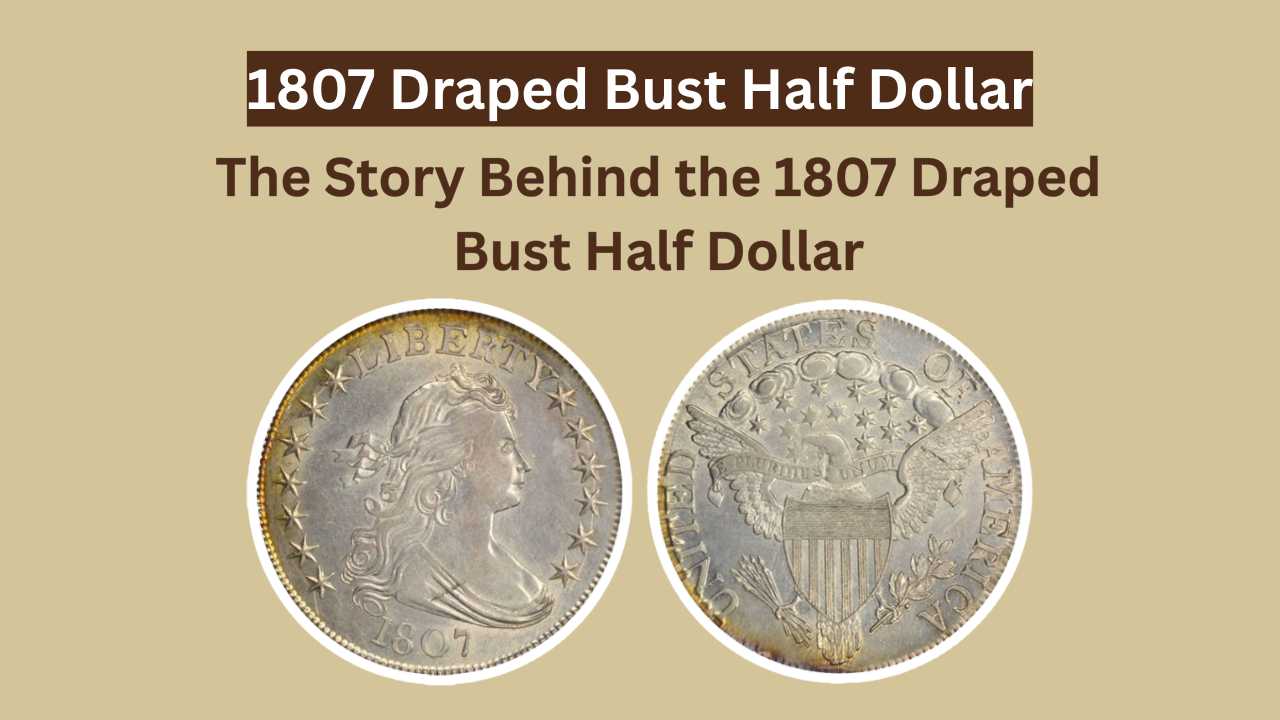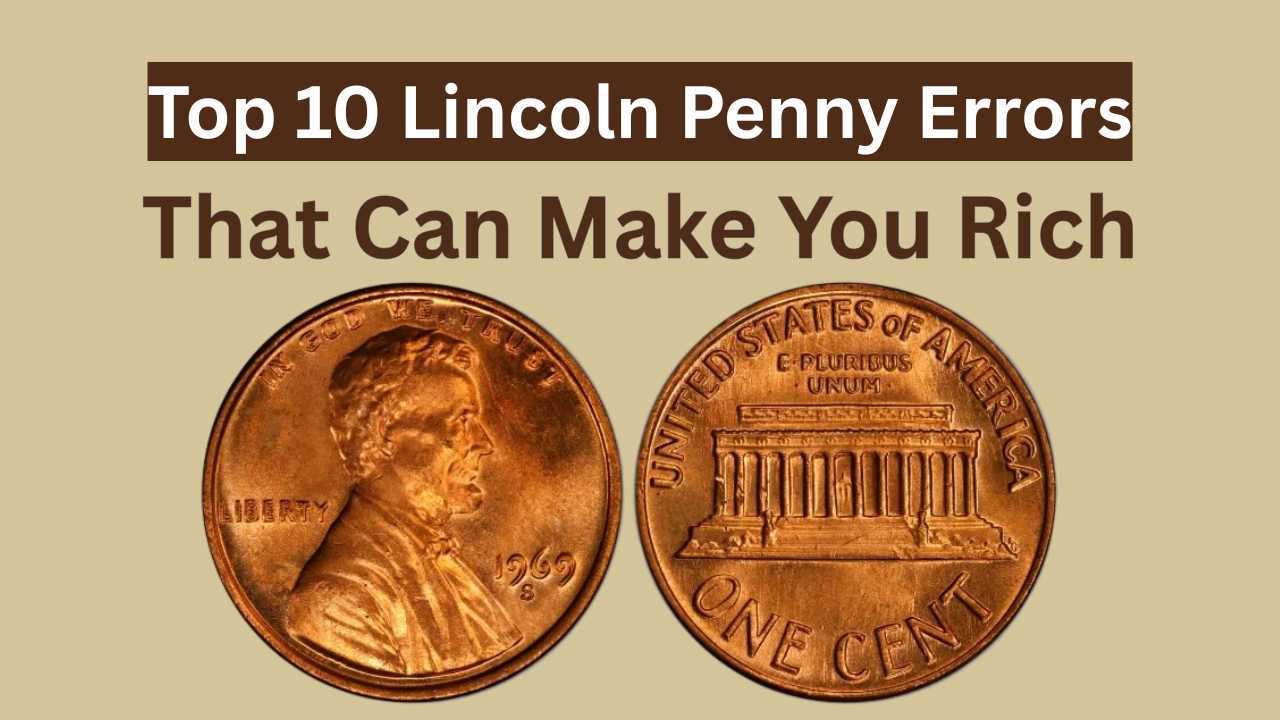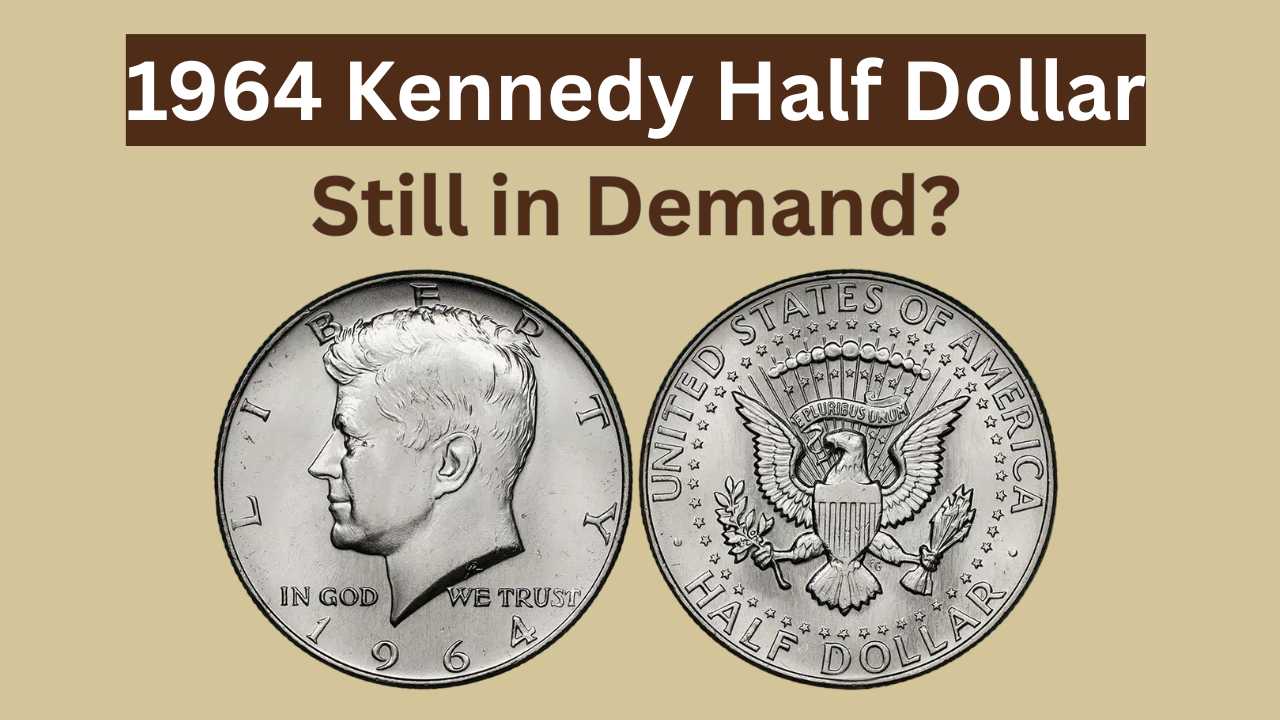
You’ve probably seen one—a dull-looking penny sitting on the sidewalk or jammed between your car seats. Most people walk right past them without a second glance. But what if I told you that one of those ordinary-looking pennies could be worth more than your entire rent check? That’s right—some U.S. pennies that look completely average to the untrained eye are actually rare, valuable collector’s items worth $1,000, $5,000, even $10,000 or more. And here’s the kicker: they’re hiding in plain sight. In this guide, we’re going deep into the world of valuable pennies—why they matter, which ones to look for, and how to tell if you’re sitting on a hidden fortune.
The Big Secret: Why Some Pennies Are Ultra Valuable
Not all pennies are created equal. In fact, the value of a penny can skyrocket based on a combination of its year, mint mark, condition, metal composition, and sometimes even minting errors. A normal-looking coin from your pocket change could be worth thousands if it was struck during a rare production year, made from a discontinued material, or has a unique error that makes it a collector’s dream. The U.S. Mint has made billions of pennies over the years, but small changes in design, composition, or mistakes during minting have created extremely limited versions. These rare varieties might look nearly identical to regular pennies, but collectors and dealers are willing to pay a small fortune to own one.
Table: Valuable Pennies and What They’re Worth
| Penny Type | Year(s) | Unique Feature | Potential Value |
|---|---|---|---|
| 1943 Bronze Lincoln Penny | 1943 | Mistakenly struck on bronze planchet | $100,000+ |
| 1955 Double Die Penny | 1955 | Strong doubling on the date/lettering | $2,000 to $15,000 |
| 1969-S Double Die Obverse | 1969 | Bold doubling on “LIBERTY” & date | $25,000+ |
| 1982-D Small Date Bronze Penny | 1982 | Wrong metal for mint year | $10,000+ |
| 1992 Close AM Penny | 1992 | AM in “AMERICA” nearly touching | $1,000+ |
| 1995 Double Die Obverse | 1995 | Doubling on “LIBERTY” and motto | $1,000+ |
| 2004-D Wisconsin Extra Leaf | 2004 | Extra leaf on corn design | $500 to $1,500 |
The 1943 Bronze Penny: A Six-Figure Mistake
Most 1943 pennies were struck in zinc-coated steel due to wartime copper shortages. But a few bronze planchets (used in 1942) accidentally got used again in 1943. These bronze pennies are extremely rare—only a few dozen are known to exist. They weigh slightly more than the steel versions and won’t stick to a magnet. If you find one, you’re holding a six-figure treasure. In 2010, one of these coins sold at auction for over $1 million. That’s the power of a mistake made 80 years ago.
1955 Double Die Penny: A Classic Error That Pays Big
One of the most famous penny errors in U.S. history, the 1955 Double Die Obverse was created when the coin die was misaligned during production. The result? A very obvious doubling effect on the inscriptions “LIBERTY,” “IN GOD WE TRUST,” and the date. These coins entered circulation and have been hunted ever since. Even in worn condition, they can fetch thousands. If the doubling is bold and crisp, collectors will pay top dollar.
The Mystery of the 1982-D Small Date Bronze Penny
In 1982, the U.S. Mint transitioned from bronze pennies to copper-plated zinc ones. But in this transitional chaos, a few 1982 pennies were mistakenly struck using the old bronze planchets. Combine that with the rare “small date” variety, and you’ve got a unicorn. Only a handful are known to exist, and the last one sold publicly was valued at over $18,000. If you spot a 1982-D penny, weigh it. If it comes in at 3.1 grams (instead of the 2.5g zinc standard), you may have struck gold—or rather, bronze.
How to Spot Rare Pennies Like a Pro
Want to get serious about hunting valuable pennies? Then you need to look beyond face value. Start by investing in a basic digital coin scale (accurate to 0.01g), a 10x magnifier or loupe, and a simple coin reference book or app. Learn the key signs of mint errors: doubling, off-center strikes, clipped planchets, and die cracks. Be familiar with the years that commonly contain valuable variants, like 1943, 1955, 1969, 1982, and 1992. Also, pay close attention to mint marks (S for San Francisco, D for Denver, and no mark for Philadelphia), since they play a major role in rarity. And always handle your finds carefully—preferably with gloves or by the edges—to preserve their condition.
Don’t Cash Them In—Get Them Appraised First
The biggest mistake new collectors make? Cashing in rare pennies at face value. A coin that looks old or odd should never be tossed in a Coinstar or rolled up for the bank. Instead, do your research or bring it to a reputable coin dealer or grading service like PCGS or NGC. Grading is everything in coin value. A rare penny in poor condition might be worth $500, but the same coin in mint state (MS65 or higher) could easily cross the $10,000 mark. And remember, rarity without condition is like having a vintage car with no engine—it’s still cool, but won’t get you very far.
Pennies Are Still Being Discovered—Even in 2025
Here’s the most exciting part: valuable pennies are still out there. People find them at garage sales, estate cleanouts, and even in their change from the grocery store. The U.S. has minted over 500 billion pennies since 1909, and a small fraction of them are still hiding incredible secrets. In 2025, collectors are still turning up new examples of known errors and, occasionally, new errors that the market hasn’t seen before. That’s what makes coin collecting thrilling—you don’t need a million-dollar investment to get started. You just need an eye for detail and a little curiosity.
The Bottom Line: Look Twice at Every Penny
So the next time you see a penny on the ground or sift through a jar of change, take a closer look. It could be nothing… or it could be a five-figure find. The world of coin collecting rewards curiosity, patience, and a sharp eye. From 1943 bronze beauties to off-center oddities, rare pennies prove that even the smallest coin can carry massive hidden value. Whether you’re a beginner, a collector, or just someone who likes a good treasure hunt, remember this: in the world of rare coins, it pays to look closer.


